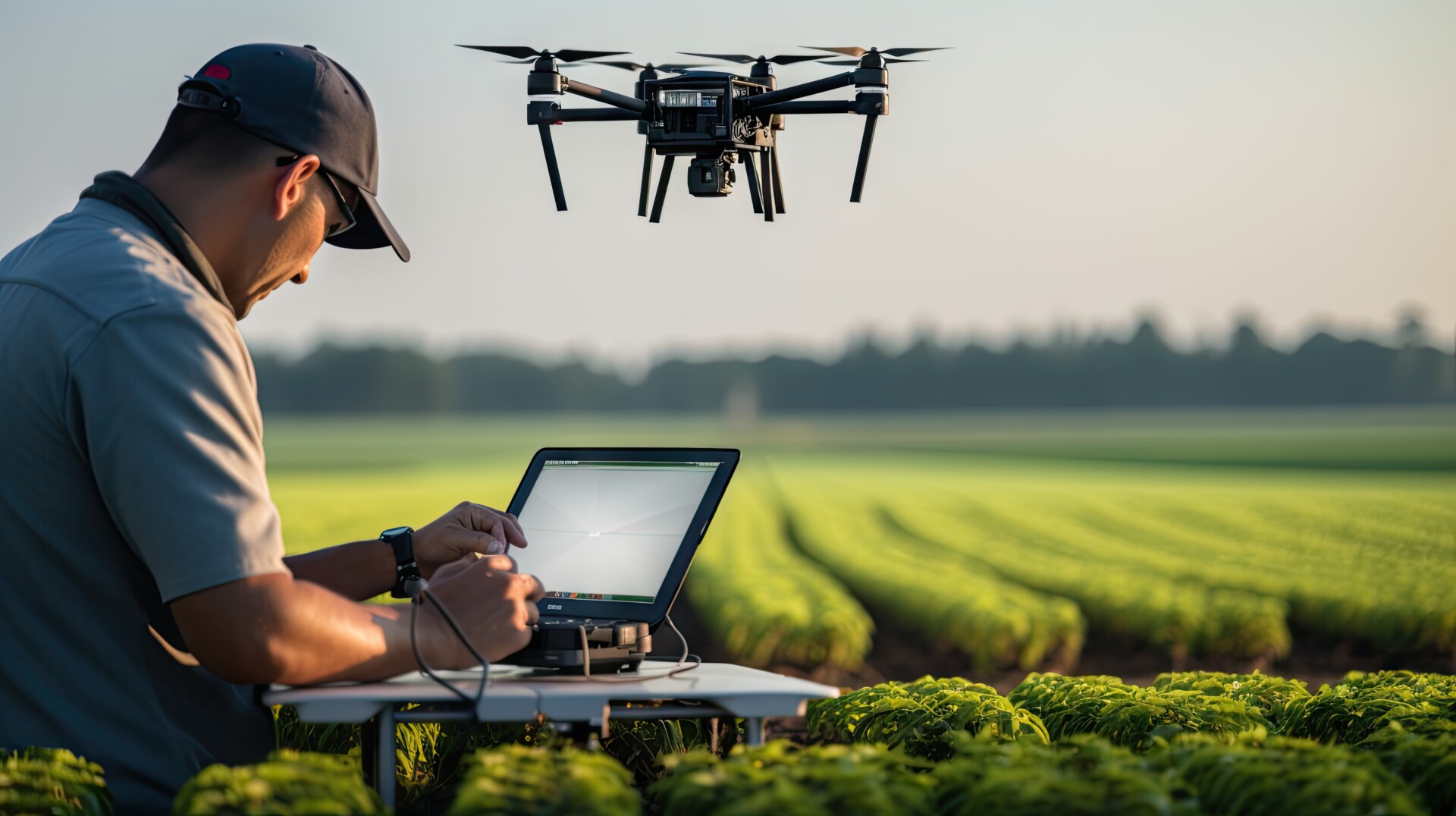How to Control a Drone for Stunning Photography?
For professional photographers seeking to elevate their craft, mastering how to control a drone is essential. The stunning aerial perspectives that drones provide can completely transform the way we capture images. By grasping the nuances of drone control, not only do you heighten your creative shots, but you also unlock a new realm of exciting opportunities.
Drones are powerful tools that enable photographers to take unique images from angles that were once difficult, if not impossible, to achieve. As a professional photographer, understanding how to control a drone can be your ticket to stand out in a competitive market. This comprehensive guide is designed to equip you with essential tips, techniques, and best practices to maximize your drone photography experience.

Understanding the Basics of Drone Control
Before diving deeper, you should familiarize yourself with the different parts of a drone and how they function. Most drones have a few key components that govern their operation: the remote controller, flight modes, and the camera system. Heres a quick look at each:
- Remote Controller: The primary interface for controlling your drone.
- Flight Modes: Includes modes such as GPS, altitude hold, and manual mode.
- Camera System: Determines the quality and capabilities of your aerial photography.
Fostering a strong understanding of these basics will help you effectively learn how to control a drone with precision.
Choosing the Right Drone for Photography
When optimizing your drone experience, selecting the right drone is crucial. Here are factors to consider:
- Camera Quality: Ensure the drone's camera specifications suit your needs, such as resolution, lens type, and stabilization features.
- Flight Time: The longer the flight time, the more opportunities you have to capture great images.
- Range and Control: Look for a drone with a good range and reliable control capabilities to stay connected long distances.
Investing in a quality drone will undoubtedly pay off in the stunning results you will be able to capture.
Launching and Flying Your Drone
One key aspect of how to control a drone is understanding the launch procedure. Heres how you do it:
- Pre-Flight Checks: Before launch, ensure your drone is fully charged, is equipped with updated software, and complies with local regulations. Always check for proper functionality.
- Launch in Open Spaces: Choose an open area free from obstacles to safely take off.
- Takeoff Procedure: Slowly launch your drone upwards and ensure it maintains a stable hover before proceeding.
Controlling your drone during flight involves understanding how to respond to the wind, how to manipulate the various flight controls, and how to perform aerial maneuvers. Regular practice will build your skills and confidence as a pilot.
Advanced Flying Techniques
As you become more proficient in how to control a drone, mastering advanced flying techniques will allow you to capture unique shots:
- Orbiting: Fly around a specific stationary point at a set radius, keeping the subject centered in the frame.
- Tracking Shots: Maintain a consistent distance and height while moving alongside a subject.
- Dronie: A combination of flying back and up to create a cinematic shot revealing the surroundings.
Each of these advanced techniques empowers you to convey more dynamic narratives in your aerial photography.
Editing Aerial Photographs
Once you have successfully captured images with your drone, the next step involves editing. Here are some essential tips for editing aerial photographs:
- Post-Processing Software: Familiarize yourself with software such as Adobe Lightroom or Photoshop to enhance your images.
- Color Grading: Adjusting colors and contrast can significantly improve the visual appeal of your photographs.
- Lens Correction: Drones can produce distortion; use corrections to fix warping or perspective issues.
Editing is just as important as capturing images, as it helps bring your vision to life.
Understanding Regulations and Safety
One vital aspect when learning how to control a drone is understanding the rules that govern drone flight. Ensure you're familiar with regulations, such as:
- Registration: In most areas, drones over a certain weight must be registered.
- Flight Restrictions: Be aware of no-fly zones and altitude limits imposed by authorities.
- Safety Protocols: Always prioritize safety for yourself and those around you while flying.
For deeper insights into drone laws, visit this guide.

Frequently Asked Questions
How hard is it to control a drone?
While theres a learning curve, especially for beginners, mastering drone control is achievable with practice and patience.
What licenses do I need to fly a drone commercially?
To operate commercially, you'll typically need to earn a Part 107 certification from the FAA. For details, you can check out this license guide.
Can I use my drone for professional photography?
Yes! Drones can significantly enhance your photography portfolio. Many professionals rely on drones to provide unique aerial perspectives.
As an Amazon Associate, I earn from qualifying purchases.

